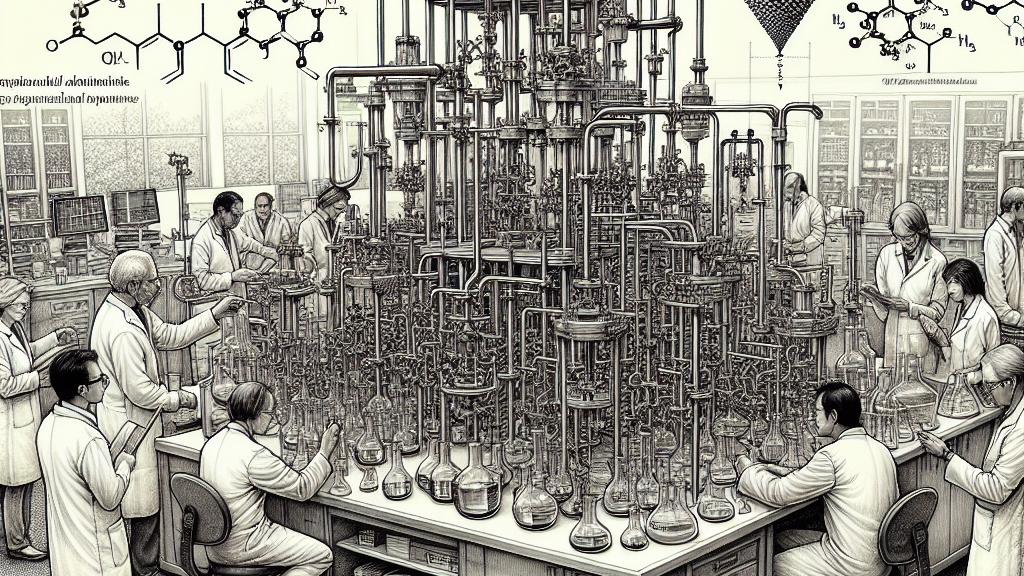Understanding Catalytic Selectivity Through Theoretical Frameworks
Overview
- A groundbreaking theoretical framework transforms predictions of catalyst behavior and drives innovation in catalytic science.
- Reaction conditions such as temperature and pressure dramatically impact catalyst selectivity and reaction efficiency.
- The insights gained from this research promise to inspire the development of cutting-edge catalysts that can tackle environmental challenges.

Theoretical Advancements in Catalysis
At the cutting edge of chemical research, scientists from the U.S. Department of Energy's Brookhaven National Laboratory have unveiled a revolutionary theoretical framework. This innovative approach combines density functional theory with kinetic modeling, enhancing our comprehension of how catalysts operate under varying conditions. For example, the team explored catalysts composed of palladium and metals like zinc and silver. They discovered that a simple adjustment in temperature could shift reaction products from methanol to formic acid, a revelation that challenges previous understandings about these reactions. This framework not only clarifies how reaction conditions influence catalytic behavior but also opens doors for future innovations in catalyst design.
Impact of Reaction Conditions
The study sheds light on a striking reality: each chemical reaction environment is not just a passive player but an active participant that shapes outcomes significantly. Take, for instance, the conversion of carbon dioxide into methanol, a critical reaction for reducing greenhouse gas levels. The research highlighted how increasing temperature can enhance the accessibility of active sites on the catalyst's surface. At lower temperatures, hydrogen saturates the surface, inhibiting reactions. However, when the temperature is elevated, critical sites become available, enabling the conversion of carbon dioxide and hydrogen into methanol. This dynamic interaction between catalyst and environment underscores the importance of tailored reaction conditions, creating exciting possibilities for catalysts capable of real-time adaptation.
Practical Implications and Future Directions
By bridging theoretical concepts with practical applications, this pioneering research paves the way for innovative solutions in the catalytic field. Imagine a world where catalysts not only adapt to environmental changes but also maximize efficiency in chemical processes! The implications of such advancements could revolutionize industrial applications—leading to reduced waste and the conversion of harmful emissions into valuable products. Moreover, this research sets the groundwork for future explorations, encouraging scientists to design catalysts that respond to their surroundings intelligently. As we continue to unravel the complexities of catalysis, the potential for sustainable and efficient chemical processes becomes even more attainable.

Loading...